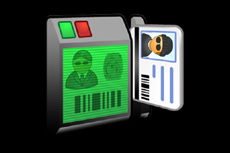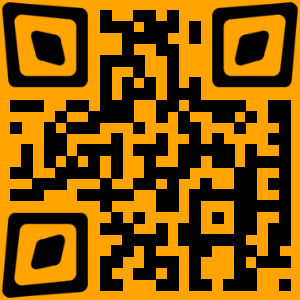What is RFID?2018-01-08
What is RFID? 
Radio Frequency Identification (RFID), like barcode, magnetic stripe, voice recognition, and optical character recognition, is an automatic identification technology.
At its most basic level, an RFID system consists of tags and readers that communicate with each other using radio waves. The tags store information that identify people, animals or objects, and readers are used to automatically retrieve it.
How does RFID work?
The tag consists of an integrated circuit attached to an antenna. The tag communicates with the reader using radio waves, via its antenna. When a transponder passes within range of a reader, it transmits its ID code back to the reader, which also has an antenna.
Why not use manual data recording methods (paper and clipboards)?
Four main reasons:
- Handwriting and legibility errors.
- Keystroke data entry errors.
- Labor intensive: generating back-office paperwork.
- Information is difficult to retrieve (misfiled paperwork, labor intensive searches)
Using auto ID technologies, you can
- Eliminate errors in recording data
- Collect and access data faster
- Reduce labor required to process data and retrieve it
- Eliminate paperwork and the human factor.
Why use RFID instead of barcode?
RFID will work where barcodes won’t.
Of all the auto ID technologies, barcode is without a doubt the least expensive method for identifying objects. In many cases it is the optimal solution.
However, readability is easily compromised by:
- Harsh environments (scratches, scuffs, bead blasting)
- Tag orientation
- Bright light and reflective surfaces
- Condensation (raindrops, dew)
- Dirt, grease, paint, dust
Barcode is not suitable where these circumstances exist.
Barcode scanning requires a clean environment and clear line of sight between reader and tag. In some applications this is either difficult or impossible to achieve.
The advantages of RFID over other ID technologies, such as barcode and magnetic stripe, include:
- Reliable operation in harsh environments (in wet, dusty, dirty conditions; corrosive environments; applications where vibration and shocks are considerations).
- Non-contact operation.
- No line-of-sight constraints (low frequency transponders can be read irrespective of orientation; through paint, even through non-ferrous solids).
How can RFID benefit my company?
By implementing RFID-based asset management and tracking systems, a company can:
- Realize major gains in labor efficiency and productivity.
- Automate many manufacturing, assembly and quality control processes.
- Reduce waste and keep inventory levels at a minimum.
- Increase customer satisfaction.
- Improve profitability.
































